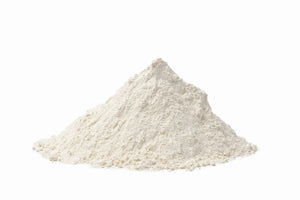Sorghum Ingredients
Sorghum is a versatile and resilient grain that belongs to the grass family, Poaceae. Originating in Africa, it has become a crucial crop worldwide, particularly in arid and semi-arid regions, due to its ability to thrive in harsh climates and poor soils. Sorghum is characterized by its tall stalks, which can reach up to 15 feet in height, and its broad leaves. The grain itself comes in various colors, including white, red, and brown, each with slightly different nutritional properties.
Uses of Sorghum
- Food: Sorghum is a staple food in many parts of the world, especially in Africa and Asia. It is used to make porridge, flatbreads, and traditional beverages. In the West, it is gaining popularity as a gluten-free alternative to wheat and is used in products like flour, breakfast cereals, and snacks.
- Animal Feed: Due to its high nutritional content, sorghum is widely used as feed for livestock. Its stalks and leaves are also used for silage, providing essential nutrients to cattle and other farm animals.
- Biofuel: Sorghum has emerged as a valuable crop for biofuel production. Its high sugar content makes it an excellent source of ethanol, a renewable energy source. Additionally, the entire plant, including the stalks, can be utilized, reducing waste and increasing energy yield.
- Industrial Uses: Sorghum is used in various industrial applications. Its starch is utilized in the production of adhesives, paper, and textiles. The plant's fibrous stalks can be used to make building materials, such as particleboard and biodegradable packaging.
- Health Benefits: Sorghum is rich in antioxidants, fiber, and essential nutrients like iron and magnesium. Its consumption is associated with improved digestive health, reduced cholesterol levels, and better blood sugar control, making it a beneficial addition to a balanced diet.
Sorghum's adaptability and wide range of uses make it a vital crop for both traditional agriculture and modern industries, contributing to food security, energy production, and environmental sustainability.


